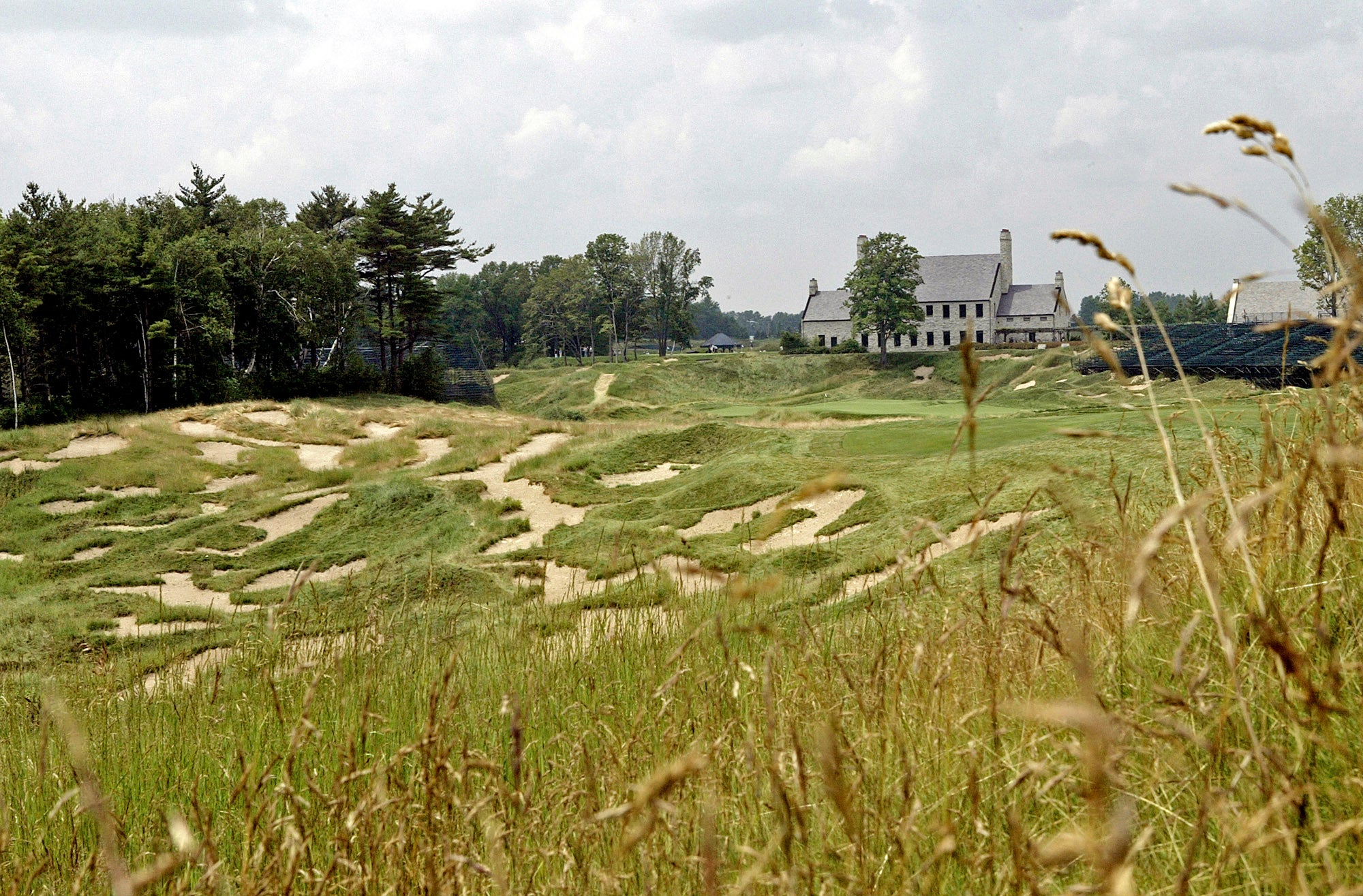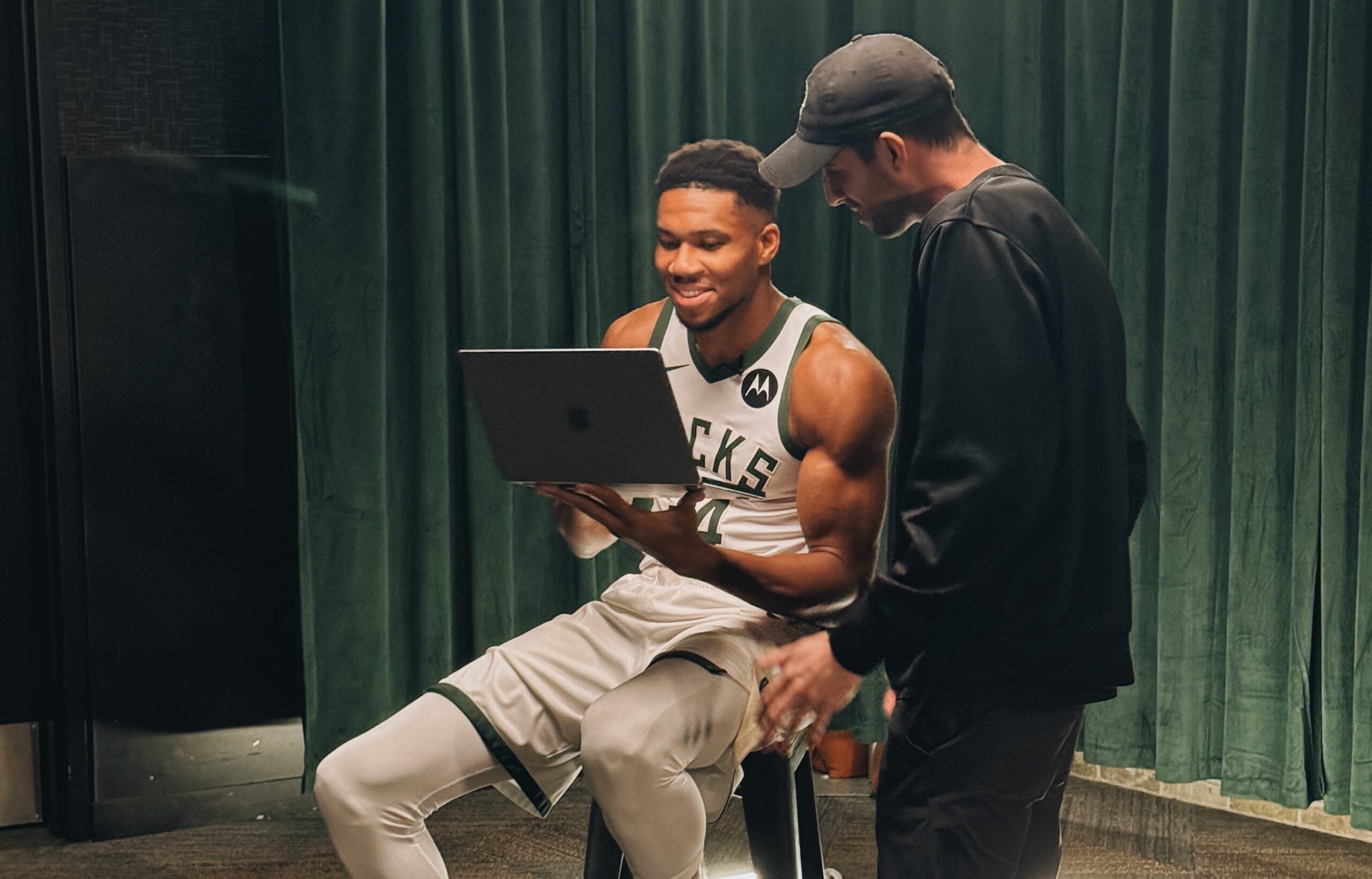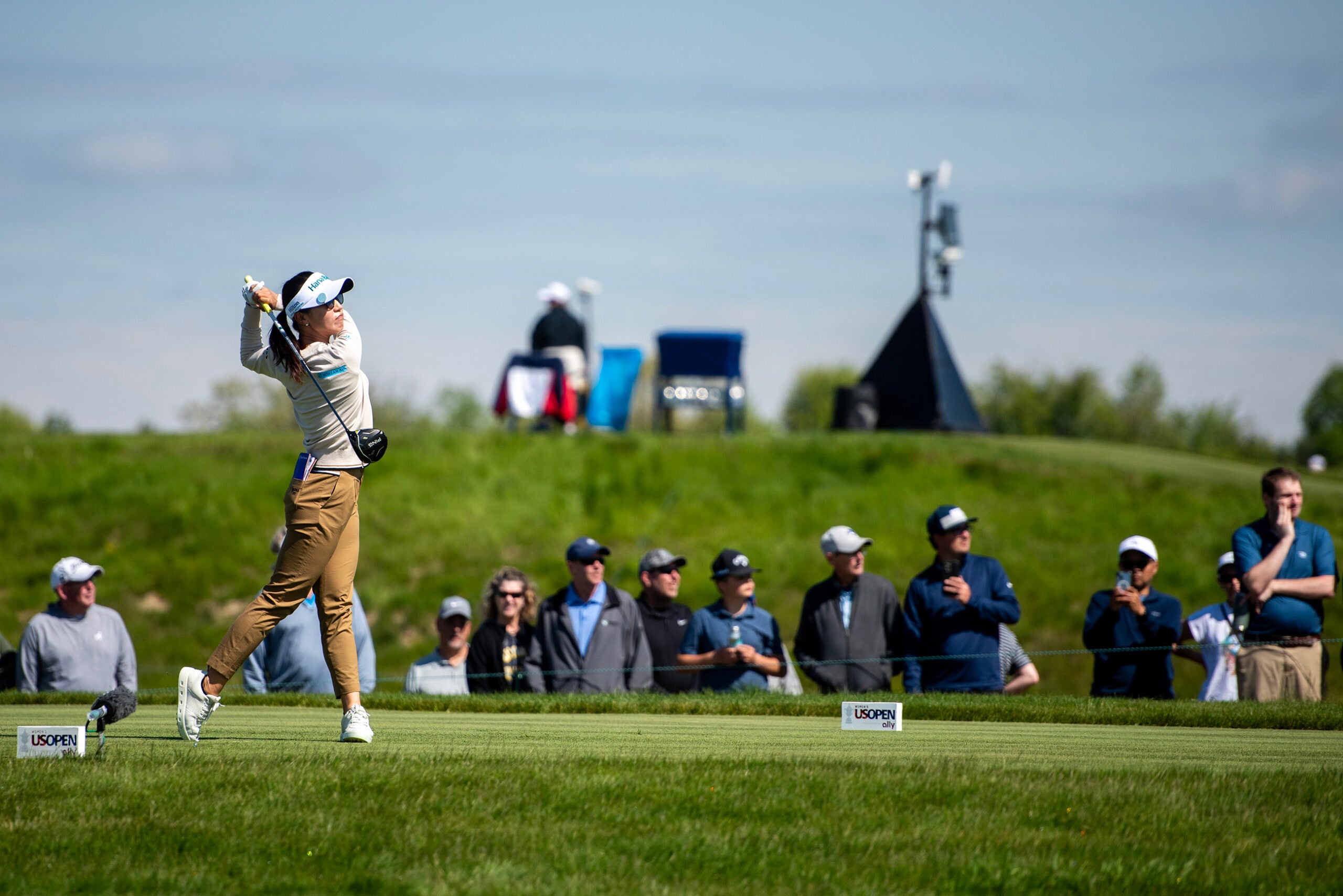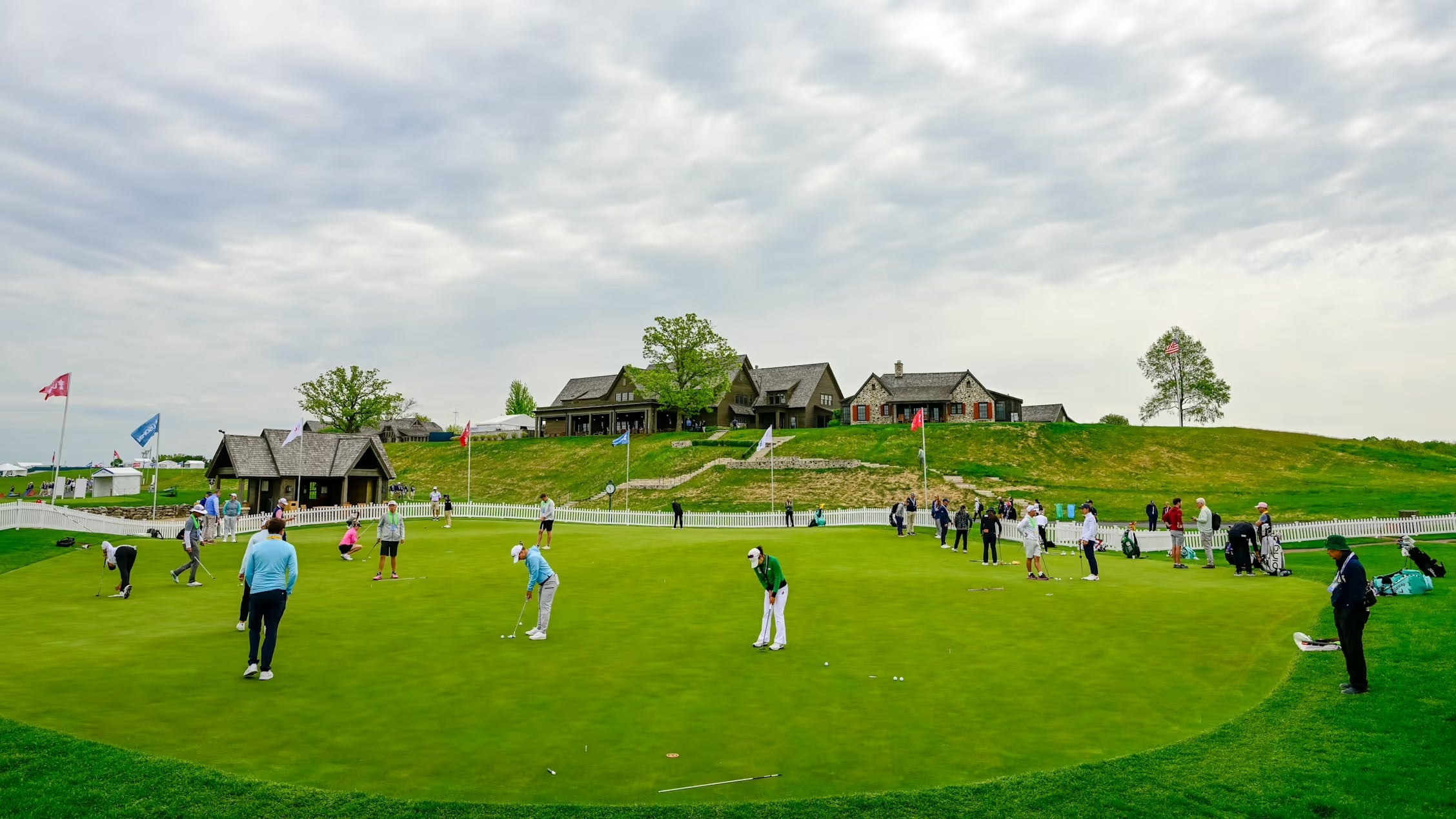Wisconsin is the best state in the country for public golf courses, according to a new ranking by the magazine Golf Digest, which also touts Kohler’s Whistling Straights as the nation’s fourth best public course.
On WPR’s “The Morning Show,” Sue Shapcott, a former professional tour player and director of Change Golf Instruction in Madison, said Wisconsin’s prominence in the golf industry comes from “a combination of a few things.”
“We have a very golf enthusiastic population here in Wisconsin, and we have developers who see the opportunity of the land we have here,” she said. “And once the state starts getting a few courses that become destinations and have tour events at them, then it just feeds and becomes a cycle where more developers build and more golfers come.”
News with a little more humanity
WPR’s “Wisconsin Today” newsletter keeps you connected to the state you love without feeling overwhelmed. No paywall. No agenda. No corporate filter.
This year, Wisconsin is slated to host the Women’s PGA Professional Championship after hosting the U.S. Senior Open last year, the Ryder Cup in 2020 and the U.S. Open in 2017.
Popularity in the sport is also rising. Nationally, about 2.5 million more people played on golf courses last year than in 2018, according to a National Golf Foundation report. Over the same period, the number of women players rose by 23 percent. Black, Asian and Hispanic golfers grew by 43 percent, too.
On “The Morning Show,” Shapcott talked about the state’s distinction in golf, player advice and the future of the sport.
The following interview has been edited for brevity and clarity.
Kate Archer Kent: Golf can be quite an expensive hobby. It doesn’t always have to be. Do you have any tips to play golf more on the cheap?
Sue Shapcott: That is the downside of our golf courses being so highly ranked. These courses that we’re talking about, they’re not inexpensive to play. The thing to do is to look out for deals. Look out for last-minute opportunities. Just calling the golf courses as a single player sometimes gets you onto these great courses.
KAK: What are courses doing to improve the player experience and not only retain golfers but attract new golfers into the sport?
SS: Since the pandemic, golf has really had a boom. Golf was a very safe place for people to congregate during the pandemic. And that boom has continued. We’ve got a really big influx of new golfers. In 2023, it was the first time ever that more people played off-course than on, meaning in golf simulators and driving ranges with technology. Over 30 million people played off-course golf last year, compared to just under 30 million that played on-course.
We’ve got a great opportunity to bring those off-course golfers onto traditional courses. But golf doesn’t always make that easy. We still have problems in making people feel that they belong on golf courses. We can do a lot still to improve the culture and make people who aren’t used to being in a golf environment feel a little bit more welcome. It’s a great opportunity for us to bring more people into the game and make the game more inclusive than it has been in the past.
KAK: What do you think is behind that trend at driving ranges and virtual bars?
SS: It’s a couple of things. I think that it’s cheaper, No. 1. For example, in many of these simulated golf environments, you could play in Hawaii one day and then you could play at Whistling Straits the next day. These simulators are loaded with software where you can play all the top golf courses all around the world at just a fraction of the cost of actually playing them physically. You have that aspect to it.
It’s also a lot more time efficient. You could play 18 holes of golf in a simulator probably in two hours instead of four or five hours, which is what it takes on a typical golf course. It’s more accessible for people in terms of cost and time. And if that’s a good entry point for people to come into the game, then I think that’s great.
KAK: The publication Wisconsin Golf reports that higher temperatures are leading more than two dozen courses opening and remaining open as conditions allow. How typical is it for courses to open and close in the winter months?
SS: I’ve been here in Madison for 10 years. During the fall, we often have the courses close and then we get a warm spell and then we open back up again. We squeeze some more time out of the season at the end. This has been my first year where we’ve been ready to go before April. It’s new territory for me. In my experience, it’s very unusual.
You know, I’m not ready to get there. My team of instructors isn’t ready to get going. The golf courses aren’t necessarily ready to get going. We don’t usually staff up this early in the season. If this trend continues, then it’s really going to shake up how we operate.
KAK: How do you think climate change is affecting our state’s golf courses?
SS: From a business perspective, when the season could get extended, if the goal is to increase the bottom line and get more revenue, then that’s good for golf. If we’re thinking about the bigger and deeper implications of the golf courses being open for longer, then it’s not so good. It’s quite alarming.
KAK: Are there good exercises for golfers as they get ready to play?
SS: Golfers are notoriously bad at doing any kind of warm-up before they play so really anything to get you moving. You want to get blood moving through your body before you start swinging, so no static stretches. Don’t hold a stretch for about 30 seconds. Just get your body moving.
Wisconsin Public Radio, © Copyright 2026, Board of Regents of the University of Wisconsin System and Wisconsin Educational Communications Board.



